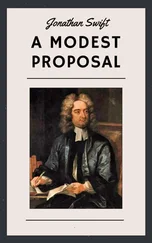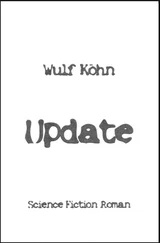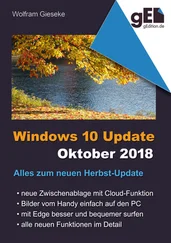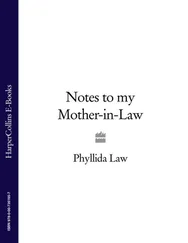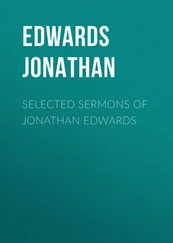 Exhibit 1-4 Largest 2016 employment liability settlements and verdicts
Exhibit 1-4 Largest 2016 employment liability settlements and verdicts
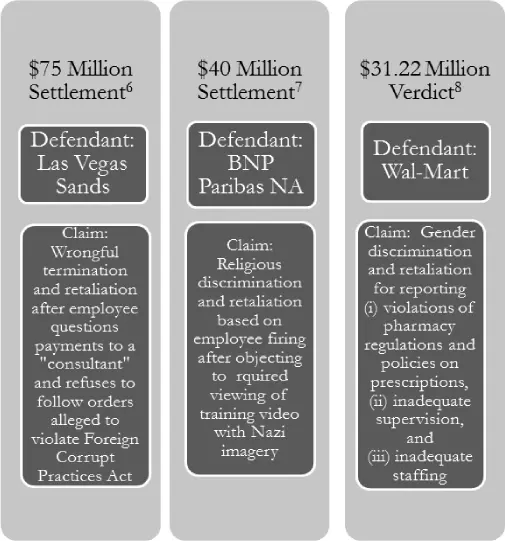
6 Based on report of The Wall Street Journal on June 1, 2016. Excludes a $6.96 million criminal penalty paid by Las Vegas Sands in 2017 to the Department of Justice and a $9 million civil penalty paid in 2016 to the SEC.
7 Estimated based on original claim. Exact settlement paid is undisclosed.
8 The punitive damage portion of the award ($15 million) was later reduced to $300,000 by the trial judge in accordance with a state law cap on punitive damages. McPadden v. Wal-Mart Stores, (D. N.H.2016).
1 Forty-two percent of private companies have what kind of policies in force that could unfairly target minorities?Policies against color discrimination.Policies against employing persons with criminal convictions.Policies against religious discrimination.Policies against sexual harassment.Policies against retaliation.
2 Which state had the highest number of employment liability claims as a percentage of the national average in 2014?New Mexico.New York.Florida.Arizona.Texas.
3 What type of discrimination claim was the most common in 2016?Sex.Age.Disability.Race.Religion.
 Case study 1-1: You are the judge
Case study 1-1: You are the judge
Al worked as a part-time employed lecturer at City University in the Music Department. Al worked at the university for nine years, during which time he had an exemplary performance record. During the last three years, Al regularly complained about how his department chair was “bullying and harassing” him. Unfortunately for Al, his union president also happened to be his department chair. But Al brought his complaints to the dean of the School of Liberal Arts, so the university knew about Al's concerns.
Al's September 2013 review with his department chair was “conducted differently” than prior reviews. By October 2013 the union filed a grievance with the department chair about that review.
A few months later, Al was not reappointed to his position and was not approved for tenure. In January 2014 Al sued the university alleging violation of his Title VII rights to be free of discrimination and included claims for failure to hire, termination, failure to promote, and retaliation.
The university filed a motion to dismiss the case, alleging that the anti-discrimination provisions of Title VII do not protect Al against bullying or harassment unless Al is a member of a protected class.
You are the judge assigned to the case. How would you decide this issue? 15
How discrimination, civil rights violations (including harassment), and retaliation cases get to court
A person who believes he or she has been the subject of most types of discrimination, civil rights violations (which include harassment), or retaliation cannot simply head to federal or state court and file suit. Instead, the person wishing to sue is first required to file a complaint — known as a charge — with the EEOC within 180 days of the occurrence of the alleged wrongful act. In some cases, charges may be filed for up to 300 16 days after the alleged wrongful act. If the aggrieved party wishes to file a state charge, different time frames may apply to when the charge must be filed with the state EEOC.
Suits alleging age discrimination or violations of the Equal Pay Act are not subject to the requirement that the aggrieved party first file a charge with the federal EEOC. Most state employment laws have similar exceptions for these types of state claims, although state laws are not uniform and may contain different or no exceptions.
The EEOC and similar state agencies generally coordinate investigations when employees allege violation of federal and state laws and have filed charges with both the EEOC and a state agency. When this occurs, the EEOC and state agency will agree on which agency will lead the investigation and which will assume a passive role. If the investigating agency finds that no violation of laws has occurred, the non-investigating agency will typically defer to that finding. Due to budget constraints and other factors, a claim filed only with a state EEOC will sometimes be referred by the state EEOC to the federal EEOC for evaluation.
Employees, former employees, and applicants often have different rights under federal and state employment laws. The attorney for the employee, former employee, or applicant will generally file a charge with state agencies in situations in which state law provides the charging party with additional claims or more expansive recovery rights. Conversely, if state law is more restrictive than federal law, the charge will usually be filed with the federal EEOC. If federal and state laws and remedies are identical, the choice of where to file suit once a notice of right to sue is issued often depends on which venue is perceived to offer a more rapid resolution and whether the attorney for the charging party has more experience with a particular venue.
Special note : The differences between federal and state employment laws may result in small businesses being sued more often under state law. Here is an example: California's anti-discrimination laws apply to employers — including the state, counties, cities, and businesses — with five or more employees, whereas federal anti-discrimination laws apply to employers with 15 or 20 employees, depending on the type of discrimination.
The following exhibit outlines how the charging process works at the federal EEOC. Most states follow a similar process, although the time frames and process details differ somewhat from state to state.
 Exhibit 1-5 The EEOC charging, investigative, and suit process
Exhibit 1-5 The EEOC charging, investigative, and suit process
Once the EEOC receives a charge, the EEOC will first offer mediation to the parties. If either party declines mediation, the investigation proceeds. The EEOC generally asks the employer or former employer to submit a position statement that outlines the business's response to the charge. If the EEOC then determines that further investigation is warranted, it may interview witnesses, request documents, and submit questions to the business. When the evaluation of the charge or the investigation is complete, one of the following several outcomes will ensue:
1 The EEOC issues a Dismissal and Notice of Rights that memorializes its finding that there is no reasonable cause to believe a violation has occurred. The Notice of Rights permits the recipient to file suit in federal court within 90 days from receipt of the letter, if the recipient elects to do so. In any such suit, the EEOC's investigative findings can be requested by the company and the employee, former employee, or applicant.
2 The EEOC finds reasonable cause to believe a violation has taken place, in which case the EEOC will issue a Letter of Determination and attempt conciliation. If conciliation fails, thena the EEOC may elect to litigate on behalf of the employee, former employee, or applicant. This result is relatively infrequent, as the EEOC has limited resources. The EEOC is more likely to litigate cases in which a number of employees, former employees, or applicants are making the charge, or when the employee, former employee or applicant has filed a charge that is a high enforcement priority within the EEOC.b the EEOC issues a Notice of Right to Sue that enables the recipient to file suit in federal court within 90 days of receipt of the letter. Once the recipient files suit, the EEOC will typically dismiss the original charge filed with the EEOC.
Читать дальше
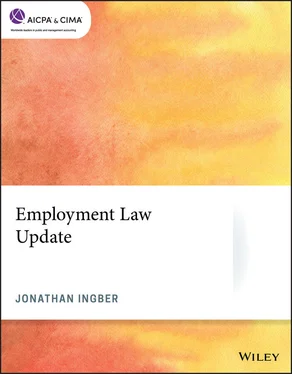
 Exhibit 1-4 Largest 2016 employment liability settlements and verdicts
Exhibit 1-4 Largest 2016 employment liability settlements and verdicts
 Case study 1-1: You are the judge
Case study 1-1: You are the judge

